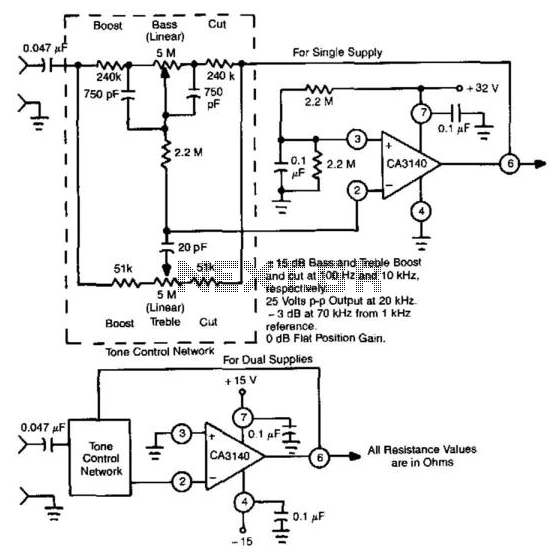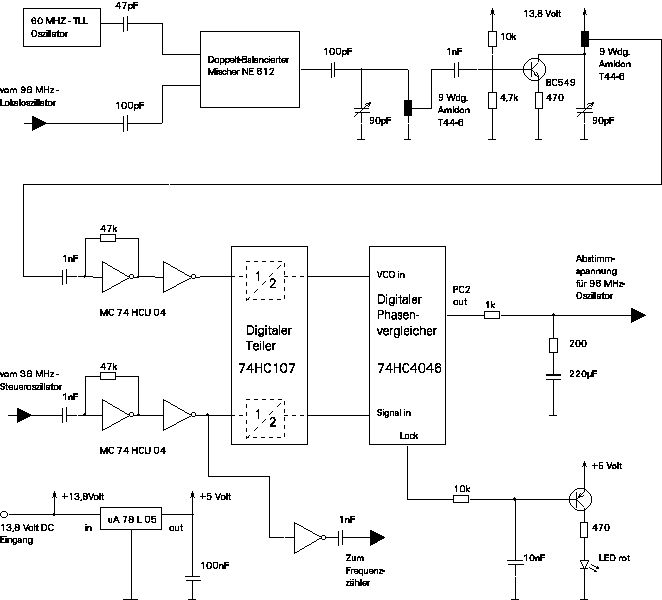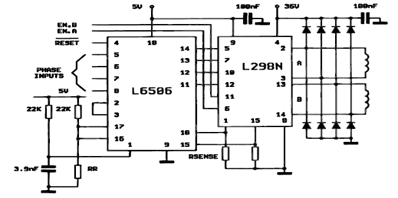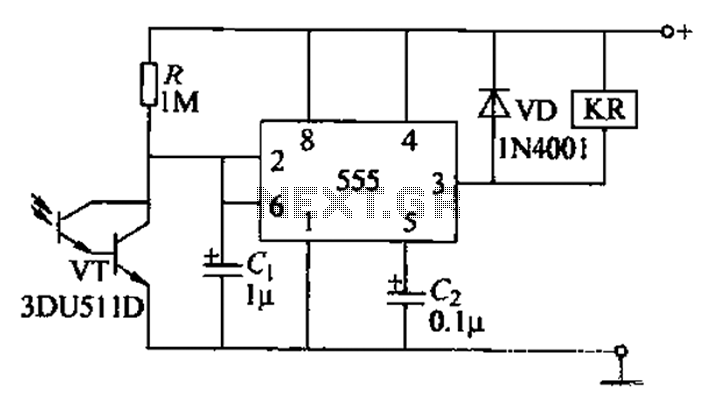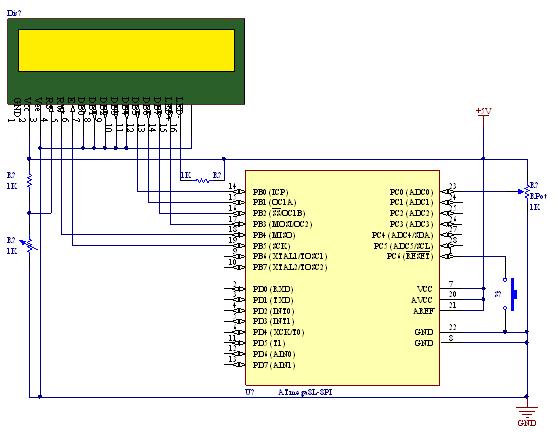
IR Remote Control Receiver
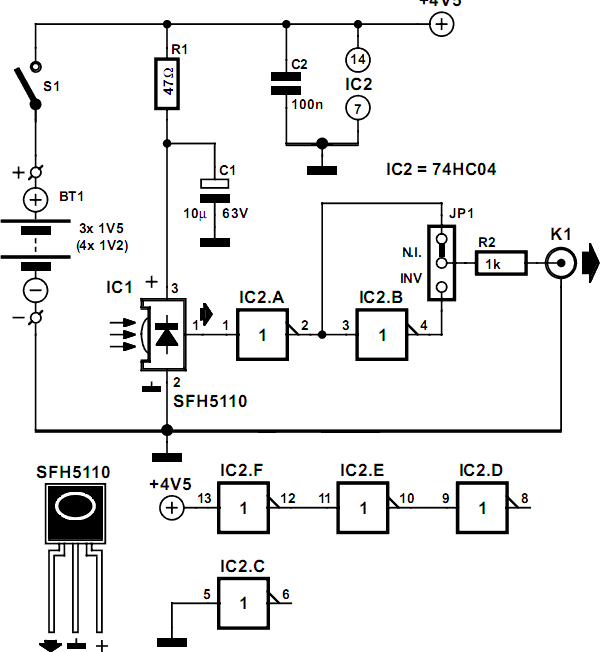
Many audio systems consist of separate units, and due to economic reasons, only the amplifier is equipped with a remote control receiver module. Control signals are then transmitted to other units using patch cables. For instance, the tuner and CD player typically do not come with built-in receiver modules. When a tuner from such a system is purchased separately, it cannot be directly used with a remote control, presenting a significant practical disadvantage. The solution is to connect an IR receiver to the input designated for the patch cable. This circuit is designed for that purpose. In practice, it may not always be clear which signal to use or its polarity, but it is likely a demodulated signal. To address these issues, a standard IR receiver module and two inverters have been combined. The first inverter also acts as a buffer since the output of the module has a high impedance. The output of the receiver module is active low, so the first inverter provides a non-inverting signal. The second inverter inverts this signal again. Jumper JP1 allows for the selection of which signal is presented at the output. Resistor R2 protects the output from short circuits or potential overloading of the electronics in the connected equipment (for example, if the input circuit operates on 3 V logic). Resistor R1 and capacitor C1 suppress any potential supply spikes. The circuit is suitable for battery power, requiring only about 1 mA. A set of four rechargeable batteries with a capacity of 1800 mAh can power the circuit continuously for approximately 2.5 months. Four NiMH cells along with a charger are ideal for this power supply. If it can be ensured that the circuit will be turned off when not in use, three standard alkaline batteries (AA cells) could also be employed. Due to their slightly larger capacity, they may last for about six months. It is important to consider that rechargeable batteries are more environmentally friendly.
This circuit is designed to facilitate remote control functionality for audio equipment that lacks built-in IR receiver capabilities. The use of an IR receiver module allows for the reception of infrared signals from a remote control, which can then be processed and transmitted to other audio units via patch cables. The circuit employs a dual-inverter configuration to ensure signal integrity and compatibility with various audio devices.
The first inverter serves as a buffer, addressing the high impedance output of the IR receiver module. This configuration is critical, as it prevents signal degradation and ensures that the subsequent inverter receives a robust signal for further processing. The active low output from the IR receiver necessitates the use of the first inverter to produce a non-inverted signal, which is then inverted again by the second inverter, providing flexibility in output signal selection through jumper JP1.
To protect the circuit and the connected audio equipment, resistor R2 is incorporated to safeguard against short circuits and potential overloads, especially when interfacing with devices that operate at lower voltage levels, such as 3 V logic circuits. The inclusion of R1 and C1 helps to filter out any transient voltage spikes that may occur in the power supply line, enhancing the reliability of the circuit during operation.
Power consumption is minimal, allowing for the use of compact battery solutions. The choice of battery type can vary based on usage patterns; rechargeable NiMH batteries offer environmental benefits and long-term cost savings, while alkaline batteries provide a longer operational lifespan if the circuit is not frequently powered on and off. Overall, this circuit provides a practical solution for integrating remote control capabilities into standalone audio components, enhancing user convenience and system functionality.With many audio systems consisting of separate units, you`ll oftennd that due to economic reasons only the amplifier has a remote control receiver module. The control signals are then sent to the other units using patch cables. The tuner and CD player, for example, won`t have a built-in receiver module. When the tuner from such a system is bou ght separately it can therefore not be used directly with a remote control, which is a big disadvantage in practice. The only way in which this can be accomplished is to connect an IR receiver to the input used by the patch cable.
And that is exactly what this circuit is for. In practice it is not always clear which signal should be used and what its polarity should be. However, it will most likely be a demodulated signal. For these reasons we`ve combined a standard IR receiver module and two inverters. The first inverter also functions as a buffer, since the output of the module has a high impedance. The output of the receiver module is active low, so therst inverter outputs a non-inverting signal. The second inverter inverts this signal again. Jumper JP1 is used to select which of the signals is presented at the output. R2 protects the output from short circuits or possible over-loading of the electronics in the equipment it`s driving (for example when the input circuit uses 3 V logic). R1/C1 suppress any possible supply spikes. Batteries are suitable for the power supply, because the circuit only takes about 1 mA. With a set of four rechargeable batteries with a capacity of 1800 mAh the circuit can function continuously for 2.
5 months. Four NiMH cells and a charger are therefore perfect for the power supply. If you can be sure that the circuit will always be switched off when not in use, you could also use three ordinary alkaline batteries (AA cells). Because of their slightly larger capacity they will probably last for about half a year. When making your choice you should of course keep in mind that recharge-ables are better for the environment.
🔗 External reference
This circuit is designed to facilitate remote control functionality for audio equipment that lacks built-in IR receiver capabilities. The use of an IR receiver module allows for the reception of infrared signals from a remote control, which can then be processed and transmitted to other audio units via patch cables. The circuit employs a dual-inverter configuration to ensure signal integrity and compatibility with various audio devices.
The first inverter serves as a buffer, addressing the high impedance output of the IR receiver module. This configuration is critical, as it prevents signal degradation and ensures that the subsequent inverter receives a robust signal for further processing. The active low output from the IR receiver necessitates the use of the first inverter to produce a non-inverted signal, which is then inverted again by the second inverter, providing flexibility in output signal selection through jumper JP1.
To protect the circuit and the connected audio equipment, resistor R2 is incorporated to safeguard against short circuits and potential overloads, especially when interfacing with devices that operate at lower voltage levels, such as 3 V logic circuits. The inclusion of R1 and C1 helps to filter out any transient voltage spikes that may occur in the power supply line, enhancing the reliability of the circuit during operation.
Power consumption is minimal, allowing for the use of compact battery solutions. The choice of battery type can vary based on usage patterns; rechargeable NiMH batteries offer environmental benefits and long-term cost savings, while alkaline batteries provide a longer operational lifespan if the circuit is not frequently powered on and off. Overall, this circuit provides a practical solution for integrating remote control capabilities into standalone audio components, enhancing user convenience and system functionality.With many audio systems consisting of separate units, you`ll oftennd that due to economic reasons only the amplifier has a remote control receiver module. The control signals are then sent to the other units using patch cables. The tuner and CD player, for example, won`t have a built-in receiver module. When the tuner from such a system is bou ght separately it can therefore not be used directly with a remote control, which is a big disadvantage in practice. The only way in which this can be accomplished is to connect an IR receiver to the input used by the patch cable.
And that is exactly what this circuit is for. In practice it is not always clear which signal should be used and what its polarity should be. However, it will most likely be a demodulated signal. For these reasons we`ve combined a standard IR receiver module and two inverters. The first inverter also functions as a buffer, since the output of the module has a high impedance. The output of the receiver module is active low, so therst inverter outputs a non-inverting signal. The second inverter inverts this signal again. Jumper JP1 is used to select which of the signals is presented at the output. R2 protects the output from short circuits or possible over-loading of the electronics in the equipment it`s driving (for example when the input circuit uses 3 V logic). R1/C1 suppress any possible supply spikes. Batteries are suitable for the power supply, because the circuit only takes about 1 mA. With a set of four rechargeable batteries with a capacity of 1800 mAh the circuit can function continuously for 2.
5 months. Four NiMH cells and a charger are therefore perfect for the power supply. If you can be sure that the circuit will always be switched off when not in use, you could also use three ordinary alkaline batteries (AA cells). Because of their slightly larger capacity they will probably last for about half a year. When making your choice you should of course keep in mind that recharge-ables are better for the environment.
🔗 External reference
